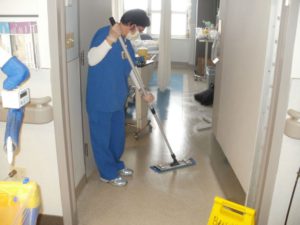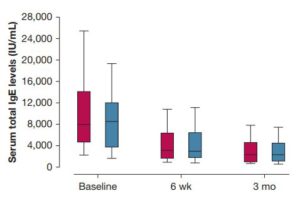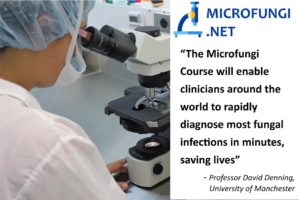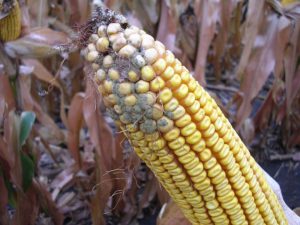Submitted by GAtherton on 20 February 2017
 |
 |
Thompson et.al. (2017) have undertaken extensive analysis of the microbes (the microbiome) that are routinely found growing on marijuana cultivated for medical use. The results confirm earlier research on a link between marijuana and chronic pulmonary aspergillosis (Gargani et.al 2011, Schwartz 1985) and indeed the presence of moulds in tobacco too.
The recent study confirms multiple moulds present on medical marijuana including Aspergillus fumigatus, several of which (e.g. Cryptococcus, Mucor) are pathogenic in the context of an immunocompromised patient eg undergoing cancer therapy, HIV, solid organ transplant patients. The use of marijuana (and presumably tobacco for the same reason) by those patient groups is thus strongly discouraged by the authors, and its prescription by medical practitioner strongly objected to:
Medical marijuana is frequently used to control nausea, pain and lack of appetite in patients with a host of conditions, including those immunocompromised from AIDS, cancer treatment, or therapy following an organ transplant. Because of its increasing acceptance and legality in many states, marijuana is thought to be generally safe by many patients and physicians alike. Obtaining it from a medical marijuana dispensary also leads many to mistakenly believe that the drug has met certain standards of safety control, which is not the case because its quality is not federally regulated, the authors said.
“Infection with the pathogens we found in medical marijuana could lead to serious illness and even death,” said Joseph Tuscano, a professor of internal medicine in the Division of Hematology and Oncology at UC Davis, and a lead study author. “Inhaling marijuana in any form provides a direct portal of entry deep into the lungs where infection can easily take hold.”
The authors state that smoking is insufficient to kill the many microbes harboured by the dried leaves and medical marijuana taken in this way carries a high risk of infection (see Kagen et. al. 1983 for proof). Cooking and eating the drug may be less hazardous and have similar health benefits but as yet that is unproven.
NOTE it is worth pointing out that this research does not refer to mouldy marijuana that has been kept in damp storage conditions and has obvious growing mould. This study and the others like it were carried out on samples of marijuana that had been ‘safely’ prepared and stored for use as medical marijuana. The pathogenic moulds were still present and would still be breathed in.
News archives
-
Title
Date










